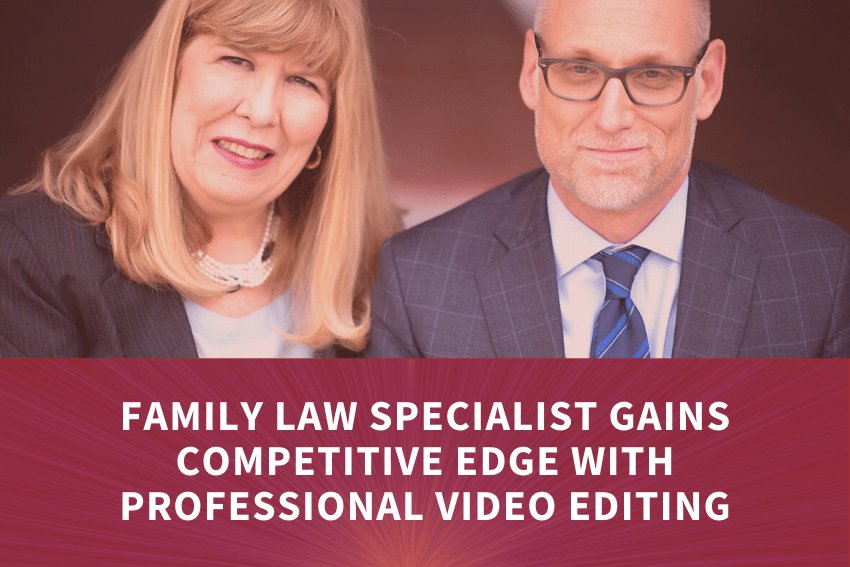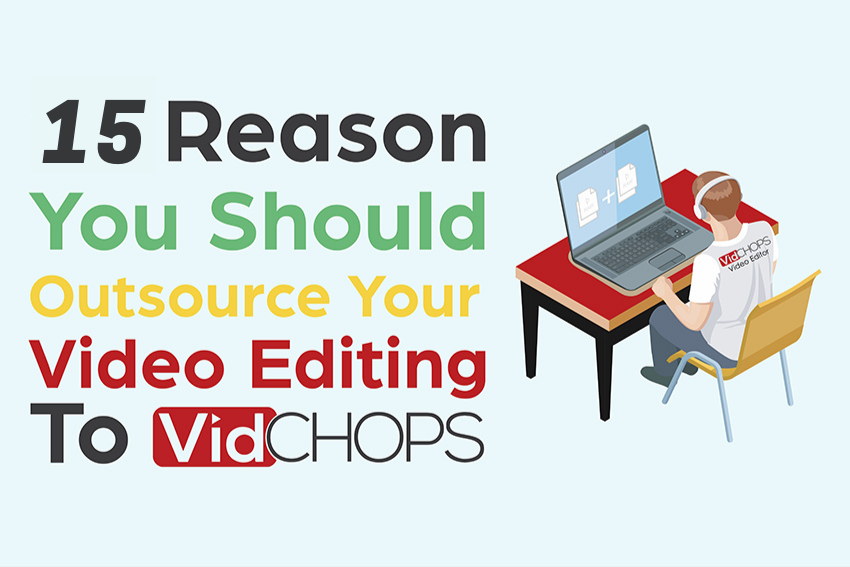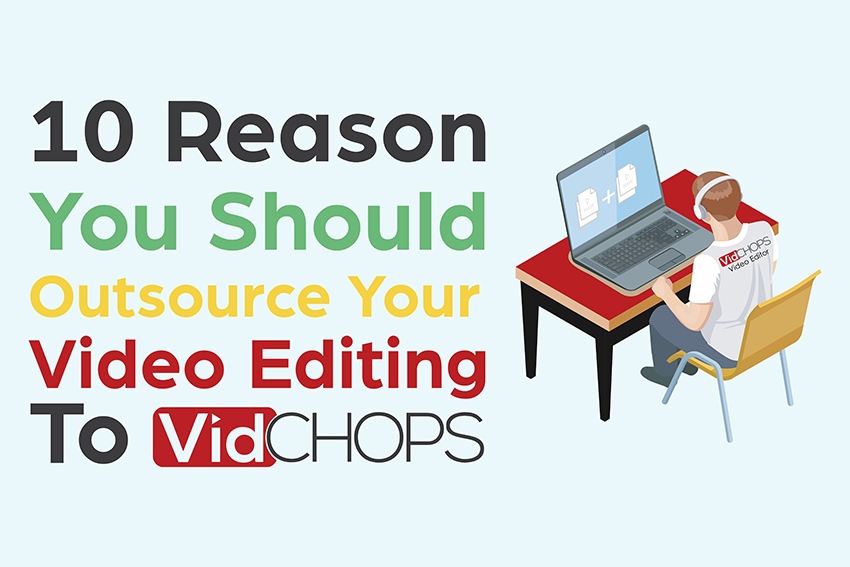How Top Video Creators Turn Simple Views Into 7-Figure Businesses
We break it all down on The Video Creatr Show, click the link below.

Like many professionals, Christine Gille, a Certified Family Law Specialist with the Gille Kaye Law Group in Los Angeles County, recognized that her law firm needed help elevating their video content.
They wanted to leverage their expertise by reaching visual learners and taking advantage of the tremendous search engine benefits of participating on YouTube and other social media channels.In 2020, the firm began using Vidchops’ services to regularly post video content on YouTube, Facebook and LinkedIn.
Christine recently sat down with us to describe her experience (via a video, of course!) using Vidchops to edit her videos. She also shared her own tips for creating effective videos.
The Decision to Seek Professional Editing
“We’re a busy family law firm. We’re definitely not full time YouTubers, and I’m not a videographer,” says Christine.
Vidchops was recommended to her during a video for beginning YouTubers on the Think Media channel.
“I was getting discouraged because editing sounded too hard for me. I checked out Vidchops and thought, ‘Hallelujah!’ I’d never heard of a professional video editing company before, but I realized…I had not found the way for our company to produce videos.”
Getting Started
“The instructions I got the first time I used Vidchops were ‘send what you can,’” notes Christine. “The first video I sent to Vidchops included .pdfs of legal forms and PowerPoints slides I had created. I thought that was a good idea because lawyers on the speaking circuit commonly use PowerPoint slides to enhance their message.”
Christine says she was so “green” that her submission to Vidchops included something like, “Please help me with these” and “Let me know if I’m doing this right.”
She quickly learned her approach was just fine, that there is no right or wrong way to submit draft content.
“Vidchops’ video editors are a great group of artists and technical people,” explains Christine. “My editor, Julie, cut out all the junk, including the ‘ums, the stutters, the hissing tape and the out-of-focus parts’. She didn’t use my .pdfs or my PowerPoint slides at all. Instead, she used her skills and extensive software knowledge to illustrate my video and put the whole thing together with music, b-roll, slides and our company logo. I was so astounded at the result of my very first video, I could’ve done a backflip.”
Pull Quote: “I was so astounded at the result of my very first video, I could’ve done a backflip.”
New and Improved Videos with Vidchops
Christine explains that after her first few videos, she became more adventuresome. “I give (Julie) a highlighted description of possible b-roll in my script, such as ‘pen circling a date on a calendar’ or ‘happy playground children,’ and she finds something perfect and slips it into my video.”
Once Christine gets her completed video back from her Vidchops editor, she is always asked what changes she would like, if any. “Vidchops is not a ‘take it or leave it’ editing house,” says Christine.
Christine’s 4-Step Process for Creating Educational Content
With practice, Christine has homed in on the formula that works well for her educational content. Here are the four steps she uses each time she creates a new video.
1- Write a Script
The audience for the law firm’s videos are other working family law lawyers looking for expertise on specific family law topics in video form, so they are educational in nature.
Christine says her first draft scripts originally looked more like books or legal journal articles, “way too long and overly technical.”
Over time, though, she has settled on a three-part script that includes:
- A short introduction gives viewers enough information to decide if they want to watch the rest of the video.
- The core information, usually presented as series of sub-parts.
- A final tip or action steps at the end of the video.
Vidchops takes the suggested bullets that Christine provides and creates onscreen graphics that complement or expand the core information she is presenting. “I try to give a final tip at the end with action steps, when possible, so people benefit from watching the full video.”
2- Plan the Video
Christine is very deliberate in planning for her visuals. “I always try to remember that people watching videos for tips have intentionally chosen a video, not a blog post, a book or a magazine article, so they’re learning must be enhanced by the visuals and sounds they would get from a good video,” she says.
Often, she will provide Vidchops her ideas for b-roll stock footage themes, bullet points, references and any special illustrations, sounds or music she’d like. Other times, she asks Vidchops to makes choices for her.3- Grow as a Content Creator
This multi-dimensional planning does get easier over time, reports Christine. She recommends that users simply “commit to getting started and getting better.”
“You don’t have to pre-edit your videos. Using the (Vidchops) website, I just send in my script, all of my raw footage – good and bad – and any specific visuals I need that are not from a stock library. Then, my editor does all the work of putting it all together.”
She advises learning as you go. “If you wait until you’re perfect, you won’t do it. As you get more creative, you’ll know more of what you want.”
4- Post the Final Video
Christine explains that after you get your video back from Vidchops but before you publish it, you’ll need to plan your thumbnail (i.e., the image that advertises your video), the title, and the keywords that will help the search engines find you when people search for your subject.
Vidchops can create your thumbnail for you, if needed, and they can also create the “intros” and “outros” to the beginning and end of each video.
Rely on the Experts
“When you use an editor like Vidchops, you don’t have to worry that your editing skills can’t keep up with your imagination,” notes Christine. She explains that working with the professionals at Vidchops means that as her channel changes, or as trends change in terms of what people want to watch in videos, the Vidchops editors will help her stay professional looking.
Christine strongly advises that if you have something to teach, there are people who need your videos. “There are plenty of people to help you, such as Vidchops, get your word out.”




